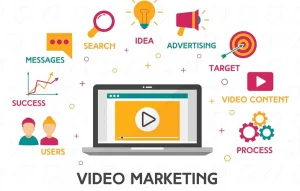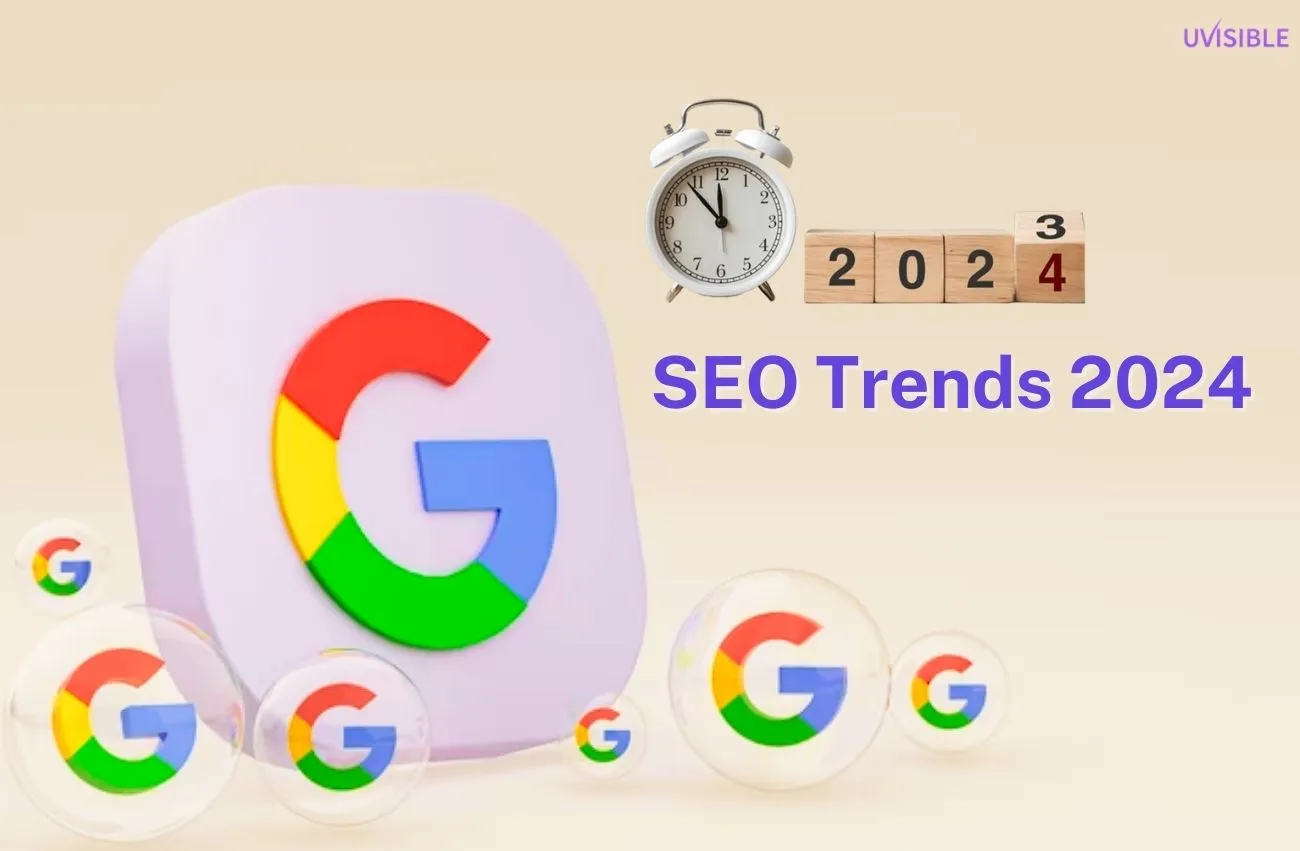Forum Posting in SEO
Forum Posting
Forum posting is an often-overlooked strategy in the realm of SEO, but it can be incredibly effective when done correctly. Engaging in online communities not only helps you build authority and drive traffic to your website but also enhances your SEO efforts. Here’s a comprehensive guide on how to use forum posting to boost your SEO:
1. Identify Relevant Forums
The first step is to find forums that are relevant to your niche or industry.
-
Use Search Engines: Perform a Google search with keywords related to your industry along with terms like “forum” or “community.”
-
Check Popular Platforms: Websites like Reddit, Quora, and niche-specific forums are great places to start.
-
Look for Active Communities: Ensure the forums you choose are active with regular posts and engagements.
2. Create a Strong Profile for Forum Posting
Your forum profile is your online persona. Make it professional and informative.
-
Use a Real Name or Brand Name: This builds credibility and trust within the community.
-
Add a Professional Profile Picture: A recognizable image helps people associate your posts with your brand.
-
Write a Detailed Bio: Include information about your expertise, website, and any other relevant details.
3. Engage Authentically
Active and genuine participation is key to building trust and authority.
-
Introduce Yourself: Start by introducing yourself to the community and mentioning your areas of interest.
-
Provide Value: Answer questions, share insights, and provide useful information without being overly promotional.
-
Follow Forum Rules: Adhere to the guidelines of each forum to avoid being banned or flagged as spam.
4. Add Value to Discussions
Quality contributions can set you apart as an expert in your field.
-
Answer Questions Thoroughly: Provide detailed, well-thought-out responses to questions.
-
Share Resources: Link to valuable resources, including your own blog posts if they are relevant and add value.
-
Stay On-Topic: Ensure your posts are relevant to the discussion to maintain credibility.
5. Use Signature Links Wisely
Many forums allow you to include a signature with each post. Use this feature to your advantage.
-
Include a Link to Your Website: Add a link to your website or blog in your signature, but keep it simple and non-promotional.
-
Craft a Compelling Call-to-Action: Encourage readers to visit your site by highlighting the value they will gain.
6. Build Relationships
Networking within forums can lead to valuable connections and backlinks.
-
Interact Regularly: Consistent participation helps build relationships and establishes you as a reliable source of information.
-
Collaborate with Members: Engage in collaborations or discussions with other influential members to increase your reach.
-
Seek Opportunities: Look for opportunities to guest post or collaborate on content with other forum members.
7. Monitor and Analyze Your Efforts
Track the effectiveness of your forum posting strategy to ensure it’s benefiting your SEO.
-
Use Analytics Tools: Track referral traffic from forums using tools like Google Analytics.
-
Monitor Engagement: Pay attention to how other members interact with your posts and links.
-
Adjust Your Strategy: Based on the data, refine your approach to focus on the most effective forums and topics.
8. Avoid Common Pitfalls
To maximize the benefits of forum posting, avoid these common mistakes:
-
Spamming: Posting too many links or overly promotional content can get you banned.
-
Irrelevance: Ensure your contributions are relevant to the discussion and add value.
-
Neglecting Quality: Focus on providing high-quality, informative posts rather than just promoting your content.
Conclusion of Forum Posting
Forum posting is a valuable yet underutilized strategy for enhancing your SEO efforts. By identifying relevant forums, creating a strong profile, engaging authentically, adding value to discussions, using signature links wisely, building relationships, and monitoring your efforts, you can effectively use forum posting to drive traffic to your website and improve your search engine rankings. Start implementing these strategies today and watch your SEO improve through meaningful community engagement.















